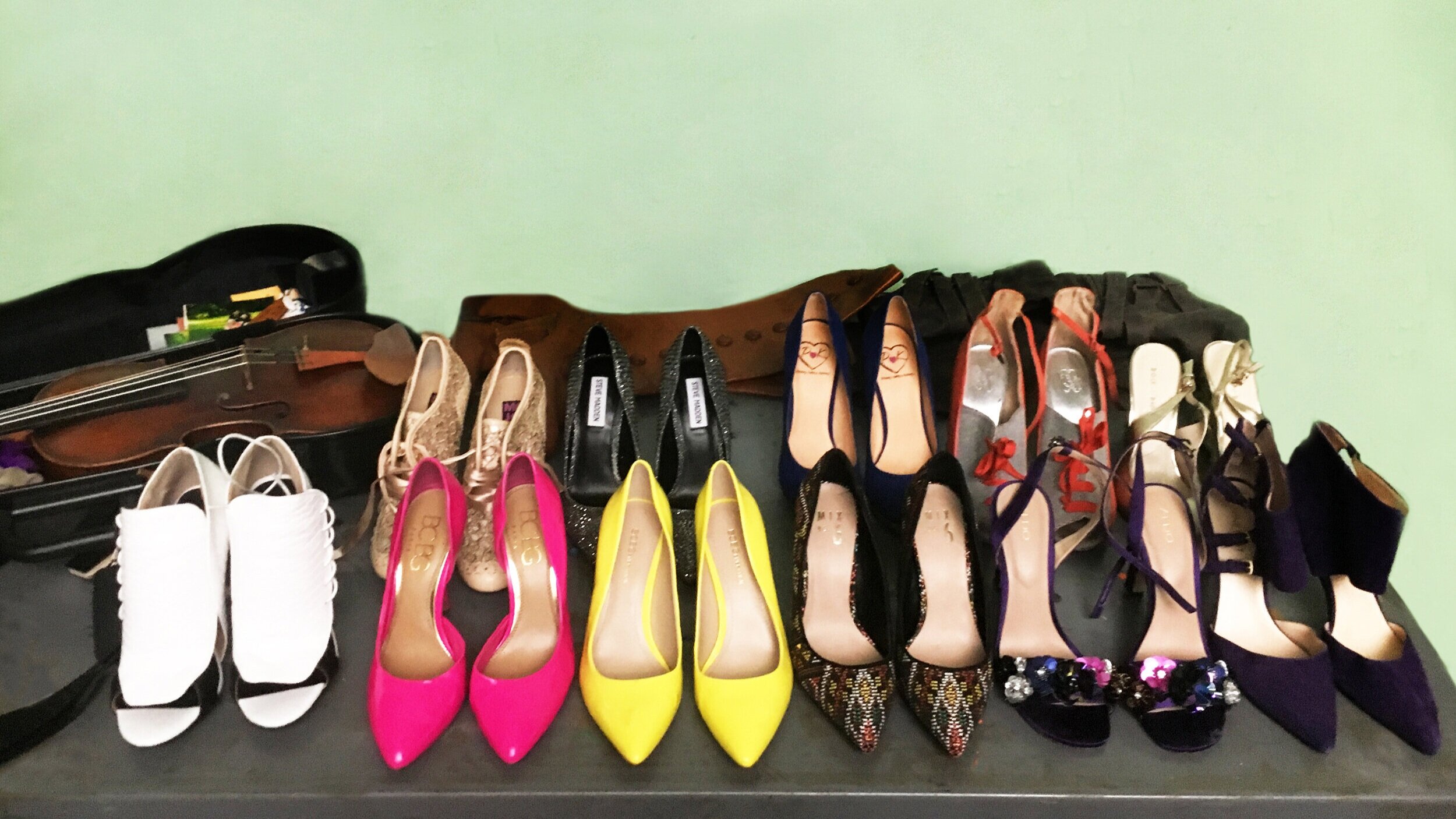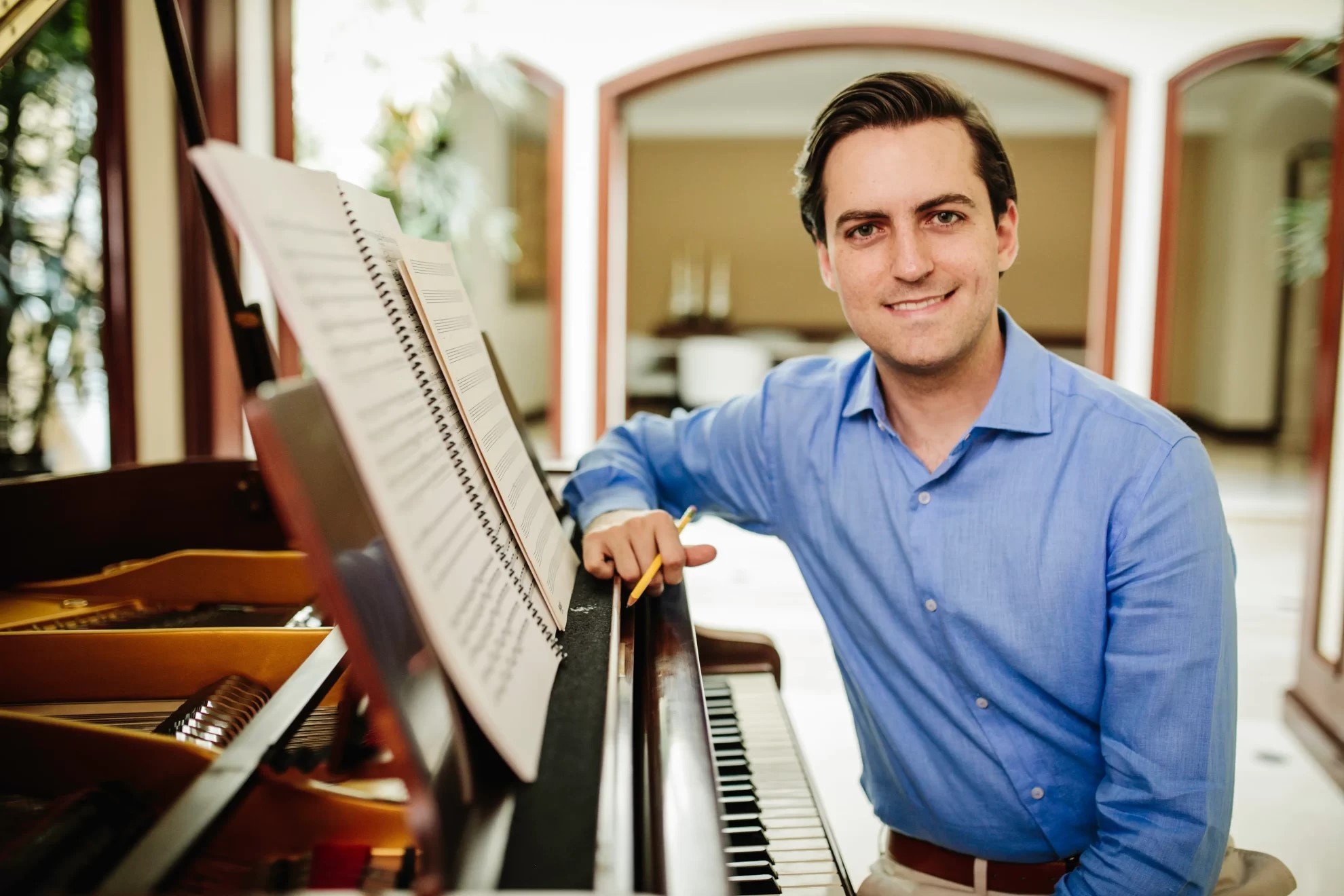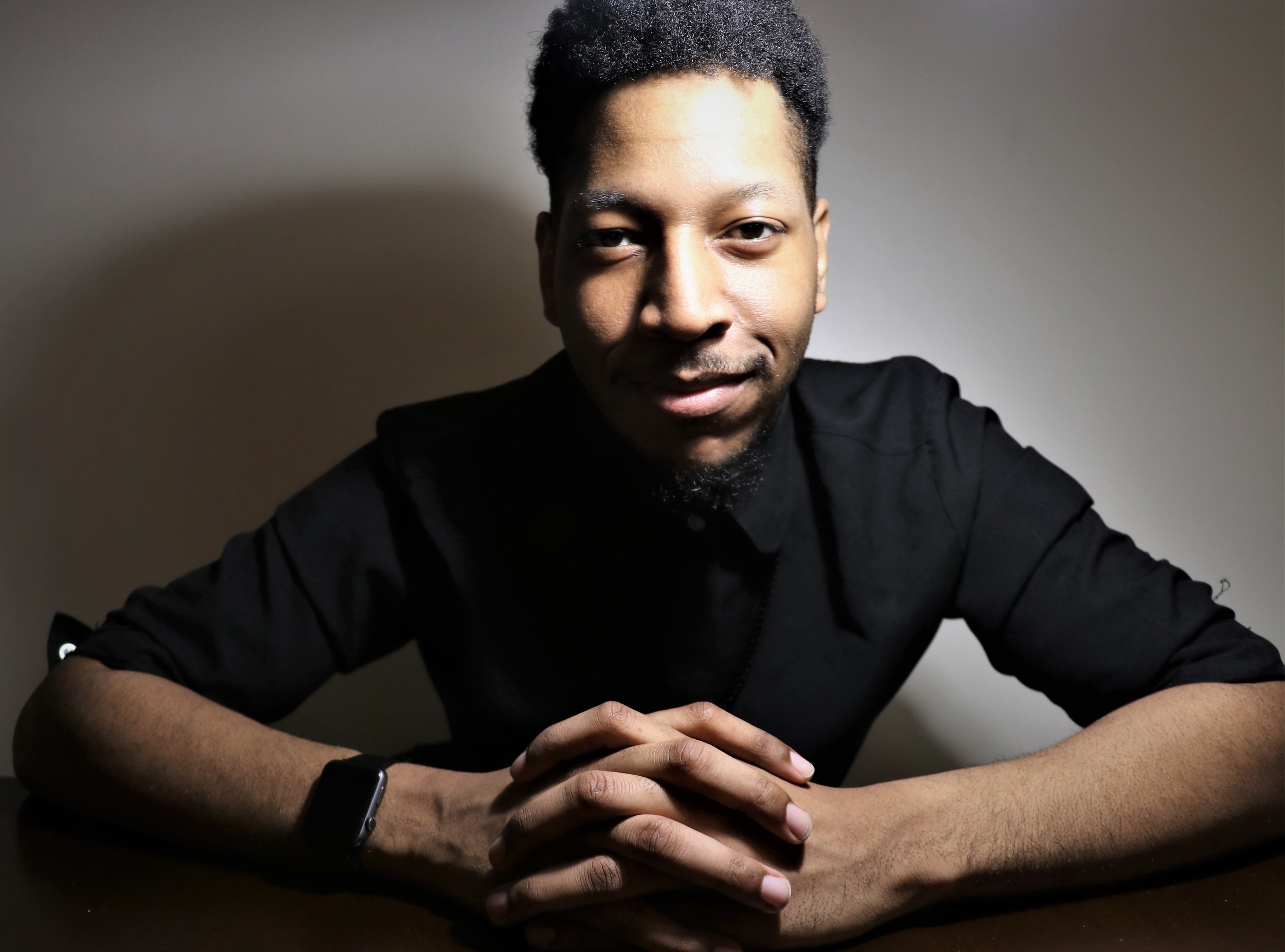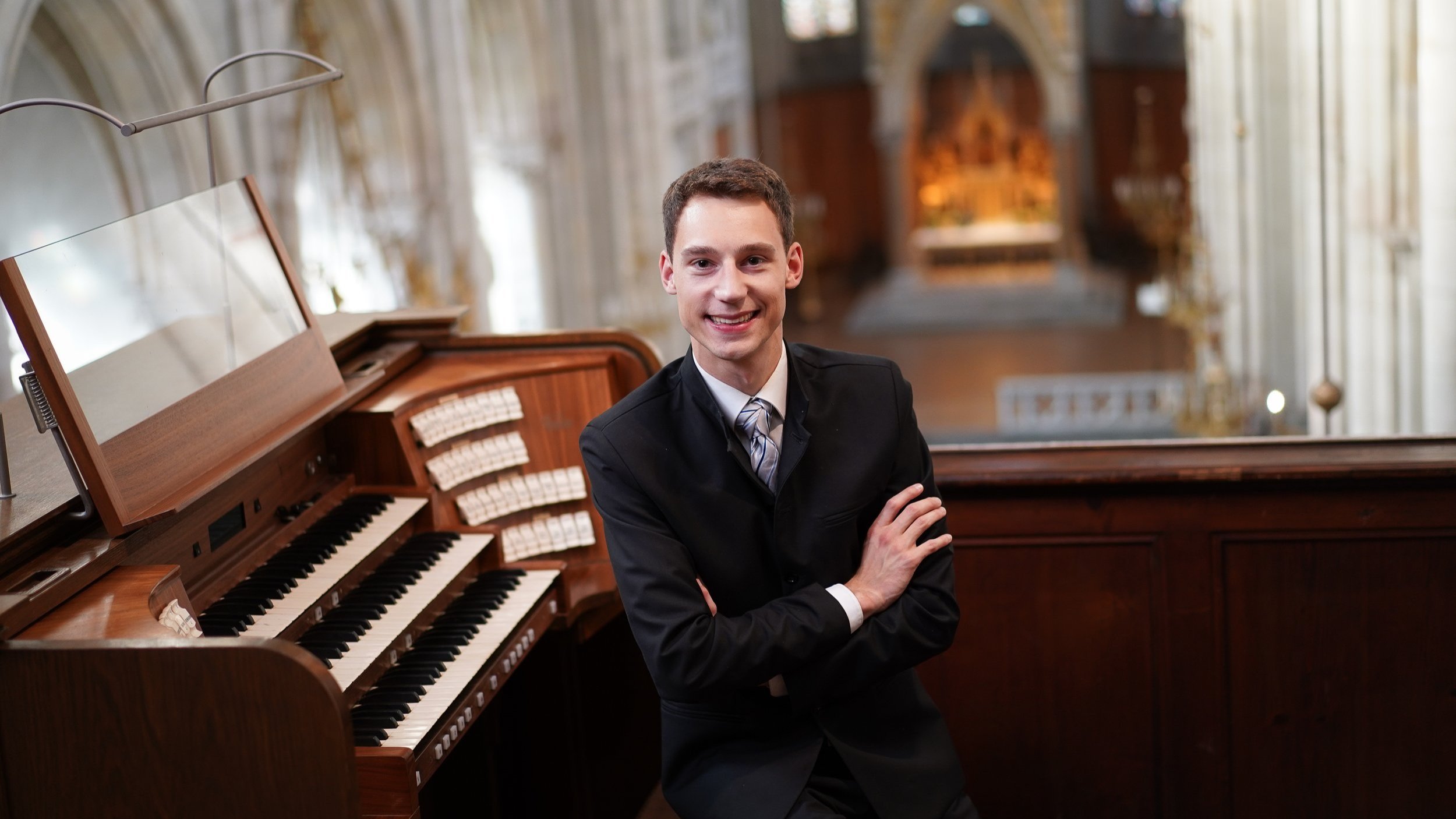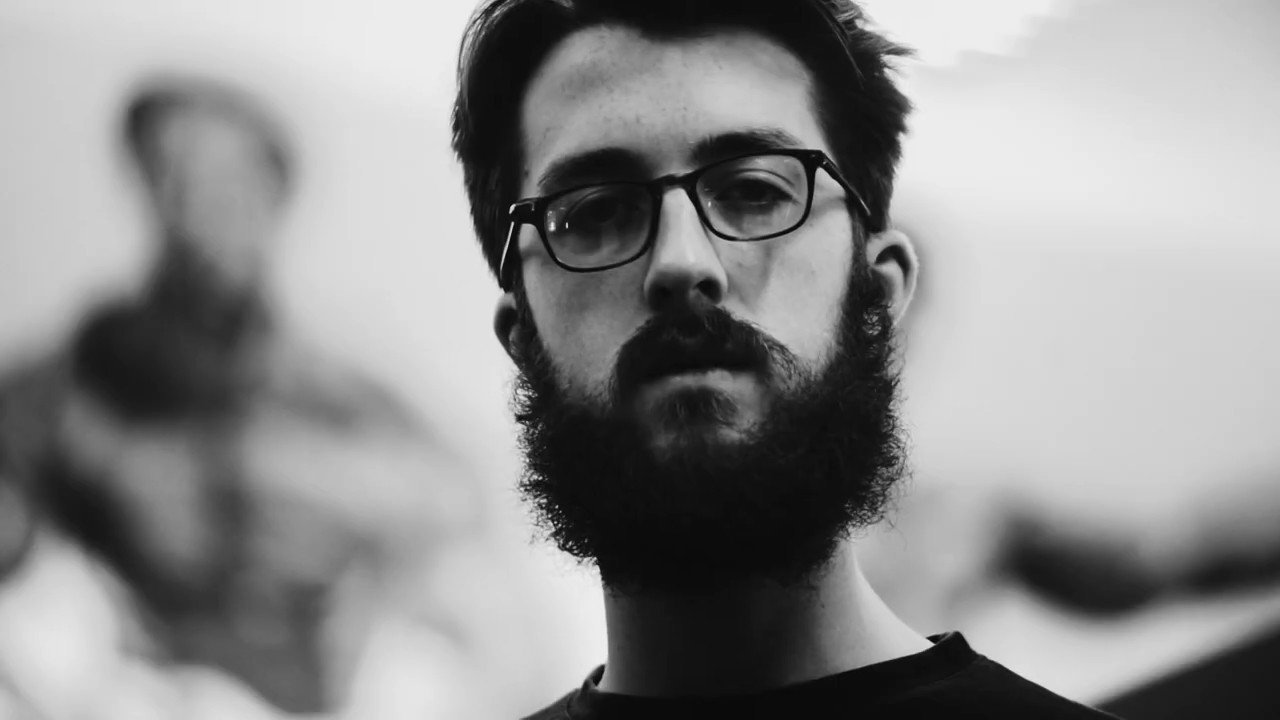Pascal Le Boeuf and Barbora Kolářová: Imp in Impulse
The word “Caprice” has a double meaning. Pascal Le Boeuf’s Imp in Impulse: caprice for solo violinist Barbora Kolářová does too.
Described as "sleek, new" and "hyper-fluent" by The New York Times, Pascal Le Boeuf is a Grammy nominated composer, pianist, and producer whose works range from modern improvised music to cross-breeding classical with production-based technology. He is widely recognized for his polyrhythmic approach to chamber music and hybridization of disparate idioms, which come into play in Imp in Impulse.
The Imp of the Perverse, a phrase popularized by Poe’s short story, is a metaphor for the urge to do exactly the wrong thing in a given situation for the sole reason that it is possible for wrong to be done. This title sets the listener up with accurate expectations, to have our expectations toyed with. Le Boeuf says, “Barbora comes from a formal classical background, so more contemporary extended techniques like vertical bowing, chopping, scratching, and bending in and out of tune are meant to represent perverse/antithetical approaches—the right kinds of “wrong” sounds. I also tried to make impulsive decisions to arrive at the thematic material and when structuring the piece. [I blame David Lang for this approach… he is a great contrarian role model!]”
To do the wrong thing, there has to be a solid form in place that sets up expectations. A caprice is defined as “a sudden and unaccountable change of mood or behavior” and as a piece of music which is lively, virtuosic, fast, and usually free in form. By naming Imp In Impulse a caprice for solo violin, Le Boeuf draws from the rich history of violin caprices which have become central to the Classical music Canon.
Le Boeuf explains, “Imp in Impulse certainly refers to classic works such as Paganini’s 24 Caprices, Bach’s Partita for Violin No. 2, and Grażyna Bacewicz’s Violin Sonatas, but presents dialects associated with these classic works juxtaposed against more contemporary approaches influenced by Garth Knox’s Viola Spaces, Andrew Norman’s Sabina, bluegrass fiddle techniques popularized by Casey Driessen, and rhythms idiomatic of progressive jazz and 90’s electronica. The idea of a caprice fit the concept so well that I thought it appropriate to embrace the tradition in this respect. I also like to think of the 17th century Italian capricci, a genre of painting in which the structures and content that inform the work are derived from a variety of sources and times.”
Caprices have earned their place firmly in the Classical Canon partially because they allow for the soloist to show off a bit and thrill the audience. Le Boeuf references the most standard caprices, Paganini’s, but also alludes to newer works. Composer/violist Garth Knox’s Viola Spaces is a collection of eight concert studies for solo violist. Although they are not named caprices, they are short works that display virtuosity in the performer’s execution of extended techniques. Le Boeuf uses one of these non-standard techniques, vertical bowing, that Knox includes in Viola Spaces.
Virtuosity is an important aspect of Imp in Impulse. Le Boeuf shares, “I’ve always been attracted to rhythmic virtuosity. One of the first things I wanted to do was use chopping techniques to represent a sort of odd time signature drum’n’bass style. I am a big fan of 90s and 00s electronica (think Aphex Twin, Luke Vibert, Venetian Snares) and the compositional language of this era is a frequent influence in my work. After my friend/colleague Matt McBane introduced me to the work of Casey Dreissen, I knew this would be possible. Dreissen, a renowned educator and fiddle player, offered instructional videos on his website, so Barbora and I bought them and started chopping.”
Imp in Impulse was written specifically for classically trained violinist Barbora Kolářová. On how they began this collaborative process, Kolářová says, “I was first introduced to Pascal's work when I performed his piece Wanderlust in November 2016, and it was love at first performance. I loved the energy and drive of the music. I became reacquainted with Pascal's work a year later when Pascal won the Lake George Music Festival Composition Competition. I first listened to his winning piece blindly, not knowing who the composer was, but I immediately recognized that I was listening to something I already knew, performed and understood. Pascal and I met in person in the summer of 2017, and we immediately clicked. We performed Pascal's piece Obliquely Wrecked, and from the first rehearsal through the performance, it was clear that we spoke the same musical language, understanding and complementing each other's artistic sensibilities. Shortly after our first rehearsals, I approached Pascal about writing a solo violin piece...and here we are!”
Both Kolářová and Le Boeuf get a little outside of their comfort zone in this collaboration. Just as Kolářová learned chopping to play Imp in Impulse, perhaps Le Boeuf embraced a more classical approach to writing for violin. Le Boeuf shares, “If this is more classical, it is because it is a reflection of an artist (Barbora) trained in the classical tradition. I certainly enjoyed engaging with the rich world of violin repertoire both past and present. Above all, getting to know Barbora through composing this music has been a joy and a pleasure, and I hope to continue in this direction in the future. Also, I wonder if it would still sound classical with a drum set. We’ll have to try it…”
Le Boeuf’s first musical language was jazz piano and Kolářová’s was classical violin. Musically, Imp in Impulse is influenced by both of their backgrounds. In a successful collaboration between a composer and performer, the resulting work can be a meeting of musical ideas and display the personalities of the collaborators. Imp in Impulse certainly gives the listener insight in this department: Kolářová and Le Boeuf both share a love for benevolent tricks and inside jokes.
Le Boeuf says, “In addition to being elegant and virtuosic, Barbora is a mischievous prankster. One of the ways this manifests is her shoes. When Barbora and I first performed together at the Lake George Music Festival in 2017, she was working as a double agent in the formal role of Artistic Director for the festival and had about 30 pairs of shoes hidden under her desk. She would change her shoes impulsively at least twice a day. Some were quite outrageous. To me, these shoes represent a subtle element of mischief and daring in what is often the more formal context associated with classical music.” He continues, “The shoes also provided an opportunity to represent her unique personality in the music video and in performance. I too can be a prankster, so when we drafted a formal commission agreement, we included a clause that requires Barbora to wear a different pair of shoes every time the piece is performed. She didn’t mind. She even compiled her favorites for the video. We are still hoping to get a shoe endorsement.”



